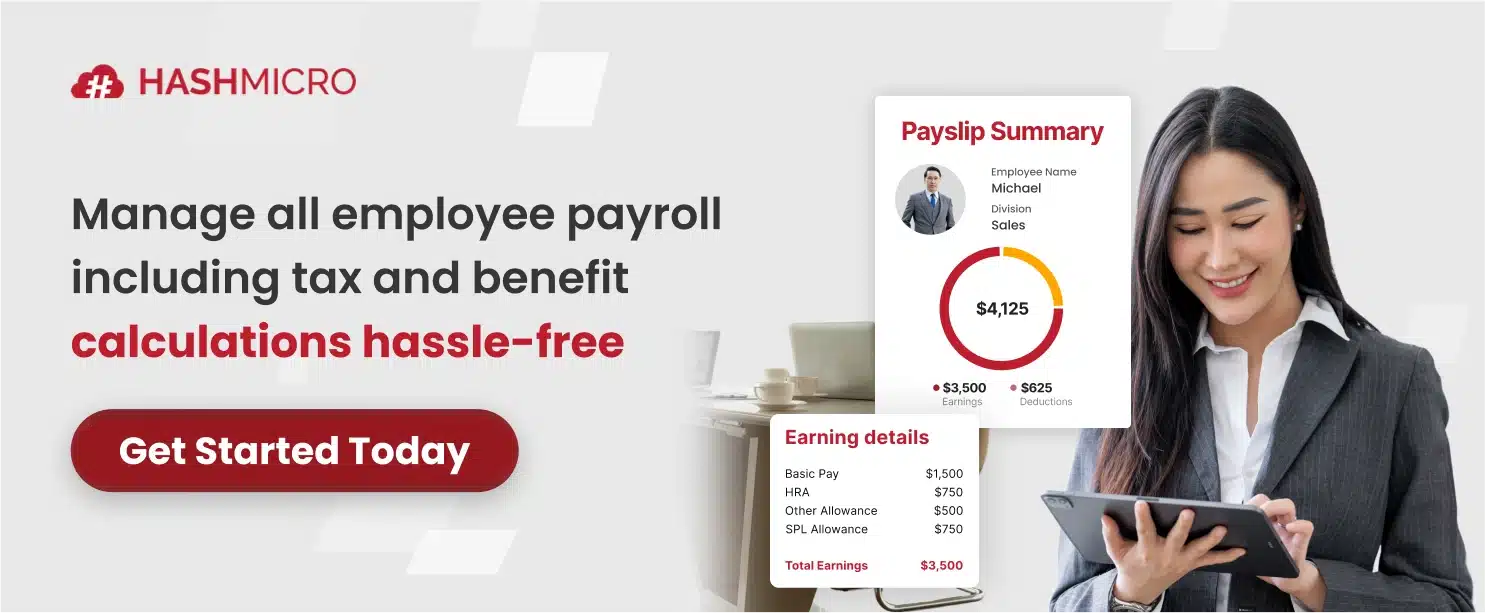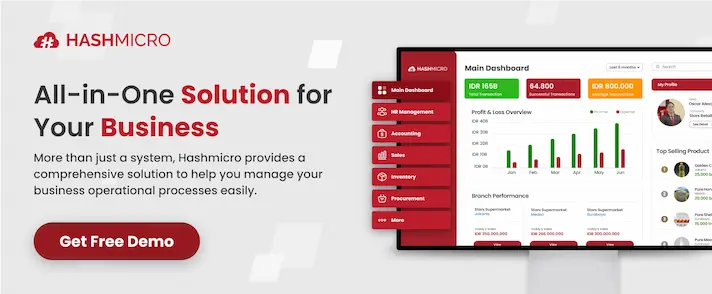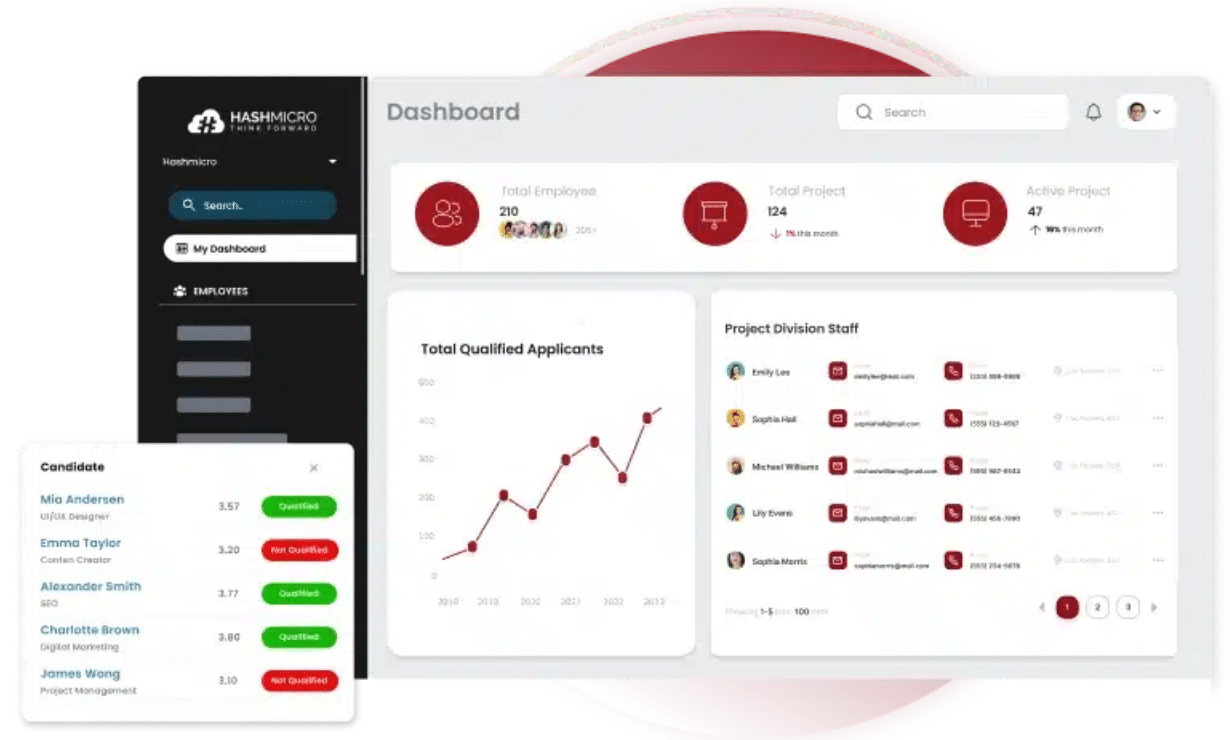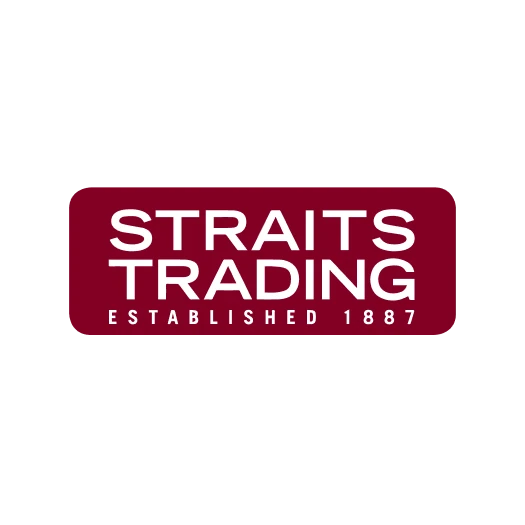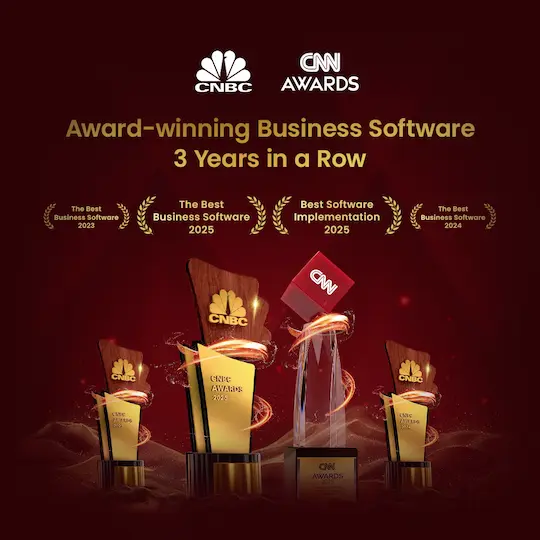Did you know that around 48% of workers in Singapore feel underpaid despite rising living costs, the highest among the five Asia-Pacific countries surveyed? This impacts individuals and businesses, making maintaining a motivated, skilled workforce challenging.
Traditional wage structures often overlook skill development and productivity, lowering morale and increasing turnover. To tackle this, the Ministry of Manpower (MOM) introduced the Progressive Wage Model (PWM) in 2014. This model links wages to skills and productivity, promoting a motivated workforce and a fairer society.
HR systems can streamline PWM implementation by automating compliance, tracking employee progress, and supporting productivity-based wage adjustments. Want to learn how PWM can benefit your business and employees? Try our free demo to explore how HR software can help your business.
Key Takeaways
|
What is the Progressive Wage Model?
The Progressive Wage Model could be explained as a structured wage framework for specific job sectors that could address income inequalities and foster workforce productivity. By linking wages to skill development and productivity improvements, the Model provides a clear pathway for low-wage workers in Singapore to achieve higher earnings while increasing their output.
The Progressive Wage Model (PWM) was first implemented in 2014 by MOM, beginning with the cleaning sector. It started with roles such as general office cleaners, who earned around SG$1,000, and progressed to positions like cleaning supervisors, who received a minimum wage of SG$1,600. From then, it began to expand to various jobs such as:
- Landscape sector
- Lift and escalator sector
- Food Services sectors
- Waste management sector
- Occupational PWs for both drivers and administrators
- Security sector
- Cleaning sector
- Retail sector
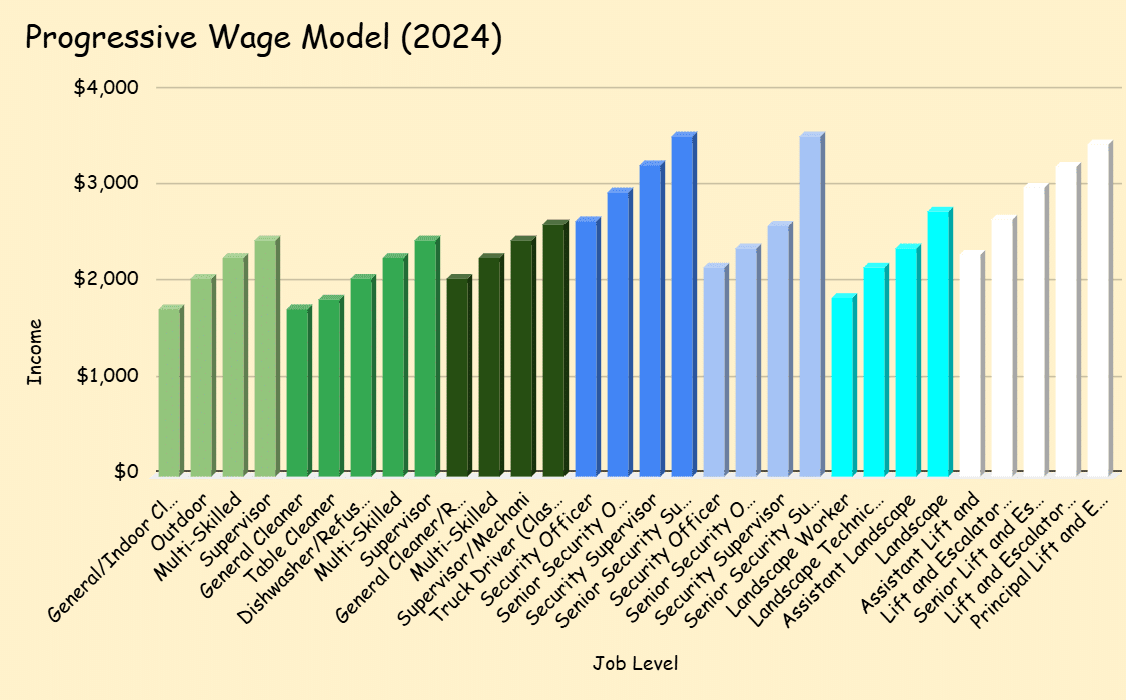
For businesses, the PWM job levels offer several advantages. They build a skilled and motivated workforce, improve operational efficiency, and enhance service quality. Sectors like cleaning, security, landscaping, and, more recently, retail and food services have already adopted the PWM, benefiting over 234,000 local workers.
This structured approach ensures that lower-wage workers receive fair remuneration while equipping them with the skills needed for growth. By adopting PWM, businesses comply with regulations and contribute to Singapore’s more equitable and sustainable economy.
How Does the Progressive Wage Model Benefit Businesses?
Since this framework benefits workers, some may ask, besides increasing worker productivity, how it will help my business significantly. Take the example of a food court stall assistant.
Implementing the Progressive Wage Model (PWM) might initially increase costs, such as higher wages and training expenses, but the benefits outweigh these over time. As the assistant acquires new skills, they become more efficient, providing faster service and improved food quality.
Customers notice the consistent experience and begin to return more frequently, which ultimately boosts sales and income while reinforcing the food court’s brand as a more convenient place to eat.
Moreover, as wages align with skill progression, employees feel more motivated and valued, leading to higher job satisfaction and lower turnover rates. This stability helps the business retain skilled staff and reduce hiring costs.
In the long term, investing in higher wages and skills results in improved service, increased customer loyalty, and a more productive workforce. This proves the Progressive Wage Model benefits workers and businesses by driving growth and enhancing overall performance.
What are the Legal Requirements of the Progressive Wage Model?
While this framework can be a valuable lever for your business, it is important to understand the legal obligations involved. Referring to an employment law Singapore guide helps ensure compliance, especially since the Progressive Wage Model (PWM) is not merely a tool for gradually increasing wages but a regulated requirement.
It is also a government initiative designed to address income inequality in Singapore. By implementing this framework, businesses contribute to a broader social goal, ensuring fair wages while promoting a more equitable economy. Below are several requirements of the progressive wage model that you need to comply with:
-
Minimum wage standards
The Progressive Wage Model (PWM) sets sector-specific minimum wages. For example, in the cleaning sector, wages range from $1,400 for basic cleaners to $1,800 for specialists. Tripartite committees determine these wages, ensuring fairness across industries. Additionally, employers must meet the Local Qualifying Salary (LQS) when hiring foreign workers, ensuring local workers are paid fairly.
-
Compliance and penalties
Businesses must comply with PWM requirements to avoid penalties, including the suspension of Work Pass privileges or exclusion from government contracts. While penalties may not apply immediately during a grace period, they will be enforced afterward, making compliance essential for long-term success.
-
Training requirements
Employers must support skill development by ensuring workers achieve at least one WSQ (Workforce Skills Qualifications) Statement of Attainment. The government also offers financial support, such as the Progressive Wage Credit Scheme (PWCS), to co-fund wage increases for eligible workers, easing the economic impact on businesses.
-
Accreditation and recognition
Businesses meeting PWM criteria can earn the Progressive Wage (PW) Mark accreditation, which boosts their reputation as fair employers. The model also includes additional roles under Occupational Progressive Wages (OPWs), ensuring more workers benefit from structured wage increases.
How Does the Progressive Wage Model Work?
As businesses strive to enhance productivity and retain skilled employees, the Progressive Wage Model (PWM) provides a structured approach that benefits employers and workers. By linking wage increases to skill development and job responsibilities, PWM fosters growth and addresses income inequality in Singapore. Here’s how it works:
-
Sector-specific wage structure
PWM salary sets minimum wage standards for specific sectors, such as cleaning, security, and landscaping. These wages increase based on job roles and skill levels. For example, a basic cleaner may earn $1,400, while a skilled worker in the same field can earn more. This structure motivates employees to upskill, adding greater value to the business.
-
Skill development and training
Workers must complete relevant training and obtain recognized certifications to qualify for wage increases. Employers are encouraged to invest in training programs, ensuring wage growth aligns with enhanced skills and productivity. This focus on skill development benefits employees and improves overall business performance.
-
Government support and compliance
The government supports businesses through initiatives like the Progressive Wage Credit Scheme (PWCS), which co-funds wage increases for eligible workers. This financial backing helps reduce the impact on business finances. Additionally, businesses must meet compliance requirements, such as paying local workers at least the Local Qualifying Salary (LQS) when hiring foreign workers. Non-compliance can result in penalties, including Work Pass suspension.
-
Accreditation and recognition
Businesses that meet PWM criteria can apply for the Progressive Wage (PW) Mark, showcasing their commitment to fair wages and skill development. This accreditation enhances the company’s reputation and helps attract top talent, positioning the business as a desirable employer.
What are the Challenges of the Progressive Wage Model?
The Progressive Wage Model (PWM) has proven to be a game-changer for uplifting lower-wage workers, but its implementation comes with notable challenges that businesses in Singapore must address. By understanding these issues, companies can play a vital role in creating a fairer and more inclusive workforce.
-
Balancing increased costs with profitability
One of the most immediate challenges is adjusting to higher operational costs. Sectors like cleaning, food services, and security must manage these adjustments while maintaining financial stability. Businesses need to adopt clear communication strategies to demonstrate the value of their services and explain why slightly higher costs contribute to fostering a fairer economy.
-
Addressing power imbalances in the workplace
Another challenge is the inherent power disparity between employers and individual workers. Many lower-wage workers lack the ability to negotiate for better wages independently. While collective bargaining could help, the PWM does not currently address this imbalance, allowing businesses to explore ways to empower their workforce collaboratively.
-
Ensuring inclusive coverage for all workers
A critical gap in the PWM is its limited reach, as it does not encompass gig workers or those employed by unregistered businesses. This creates inequities and leaves certain groups without the benefits of structured wage progression. To address this, companies can advocate for more inclusive frameworks while exploring ways to offer equitable opportunities for these workers.
-
Preventing exploitation of skill development pathways
While PWM emphasizes upskilling and career progression, some employers might misuse its conditions to delay wage increments. This practice undermines the PWM’s intentions and affects workforce morale. Companies must actively support fair skill recognition and ensure that employees’ career growth is rewarded appropriately.
-
Expanding beyond sector-specific implementation
Although PWM’s sectoral focus has achieved measurable success, it falls short of addressing wage gaps across all industries. Critics argue that a universal minimum wage could create a more consistent baseline. Without this, workers in sectors not covered by PWM risk will be left behind. Businesses can lead by promoting fair pay practices even beyond the mandated requirements.
-
Driving business transformation for sustainability
To make PWM sustainable, businesses must rethink their operations. Embracing technology, redesigning workflows, and investing in employee training are essential. These initiatives boost productivity and ensure that wage increases are supported by improved efficiency, benefiting both businesses and employees.
By tackling these challenges head-on, businesses in Singapore can align themselves with PWM’s vision, fostering a more equitable workforce while strengthening their long-term growth and reputation. We can ensure that the PWM delivers meaningful change for workers, employers, and society.
How to Implement It With HR Software?
The Progressive Wage Model (PWM) is a critical initiative that aims to uplift low-wage workers by tying wage increases to skills and productivity. While PWM has proven to be a game-changer for improving wages, its successful implementation presents several challenges for businesses, particularly in sectors like cleaning, food services, and security.
As Singapore continues to foster an inclusive economy, businesses must align with PWM while ensuring operational efficiency. HR software, such as HashMicro’s HR solution, can make a significant difference.
By automating key HR processes and offering advanced features, the best HR software will simplify the complexity of implementing PWM. It helps businesses manage payroll, track employee progress, and ensure compliance with wage regulations.
With the right tools, companies can seamlessly integrate PWM while enhancing productivity and employee satisfaction. HashMicro HR software can make implementing PWM straightforward and effective. Here are some key ways it can help:
-
Automated wage calculations
HR software eliminates the hassle of wage calculations by automating them based on hourly or daily work hours and skill development milestones. This ensures employees are fairly compensated according to the PWM framework. Moreover, it minimizes human errors and guarantees that pay increases reflect employees’ progress in skills and productivity.
-
Accurate attendance and shift management
Using features like Face Recognition and GPS Attendance, HR software accurately records employee attendance and work hours. This makes complying with PWM’s wage guidelines easier, especially for attendance and shift-based pay structures.
-
Skill and career development tracking
Features such as Employee Probation Management and Career Transition allow businesses to monitor employees’ training and skill development progress. This ensures their growth aligns with PWM requirements, enabling companies to reward employees based on their organizational development.
-
Payroll compliance
The Fully Localized Payroll with Tax Calculation feature ensures payroll adheres to local tax regulations while aligning with PWM’s wage progression standards. This helps businesses stay compliant with both tax laws and wage requirements.
-
Overtime management
With Complete Overtime Management, HR software ensures accurate tracking of overtime hours. This is essential for businesses that must factor overtime pay into PWM calculations. By linking attendance and payroll systems, companies can ensure all overtime is recorded and paid correctly.
Practical Steps for Implementation
To further streamline PWM implementation, businesses can follow these practical steps:
- Evaluate Current HR Operations: Identify challenges in managing wages, attendance, and skill tracking. This will help pinpoint the specific HR software features your business needs.
- Leverage Automated Tools: Integrate features like Automated Wage Calculations and Localized Payroll to simplify wage management and compliance with PWM requirements.
- Enhance Attendance Tracking: Deploy tools such as Face Recognition and GPS Attendance to ensure accurate work-hour records and compliance with PWM guidelines.
- Focus on Employee Development: Use Skill and Career Development Tracking features to monitor employee progress and reward achievements aligned with PWM.
- Conduct Regular Audits: Review payroll compliance regularly to ensure adherence to local tax laws and PWM standards. This helps identify and address any gaps promptly.
Conclusion
The Progressive Wage Model (PWM) is a transformative initiative that ensures fair wages, enhances employee skills, and improves business performance. It benefits workers by providing growth opportunities while helping businesses achieve long-term success through a skilled and motivated workforce.
Adopting efficient tools is essential to overcoming the challenges of PWM implementation. Why not use HashMicro’s HR Software? It could simplify wage calculations, skill tracking, and compliance, making it easier for businesses to align with PWM requirements—experience how our solutions can drive your success. Try our free demo today!
Warning: Undefined array key "med" in /home/hashmicr/public_html/blog/wp-content/plugins/insert-headers-and-footers/includes/class-wpcode-snippet-execute.php(419) : eval()'d code on line 281
